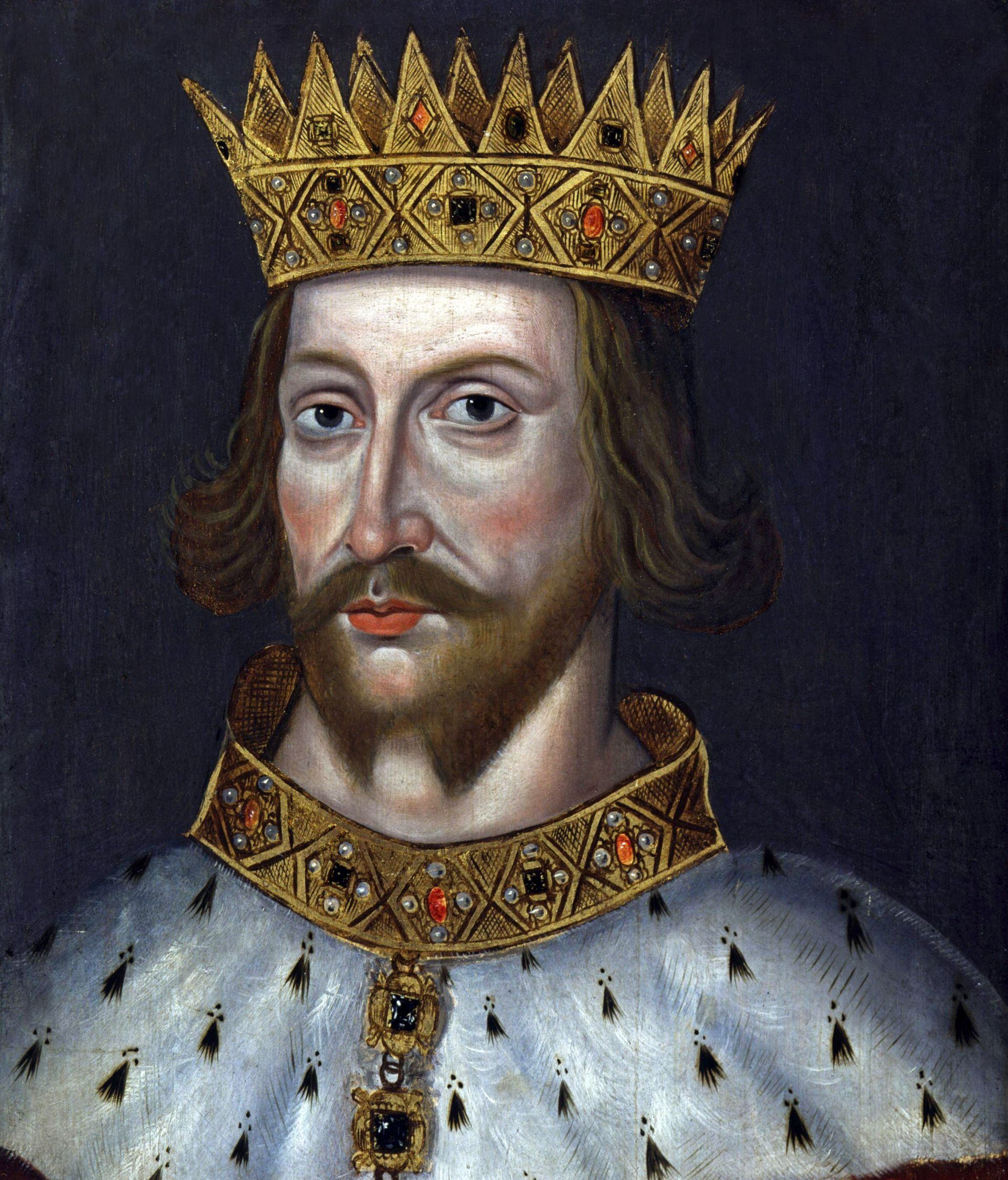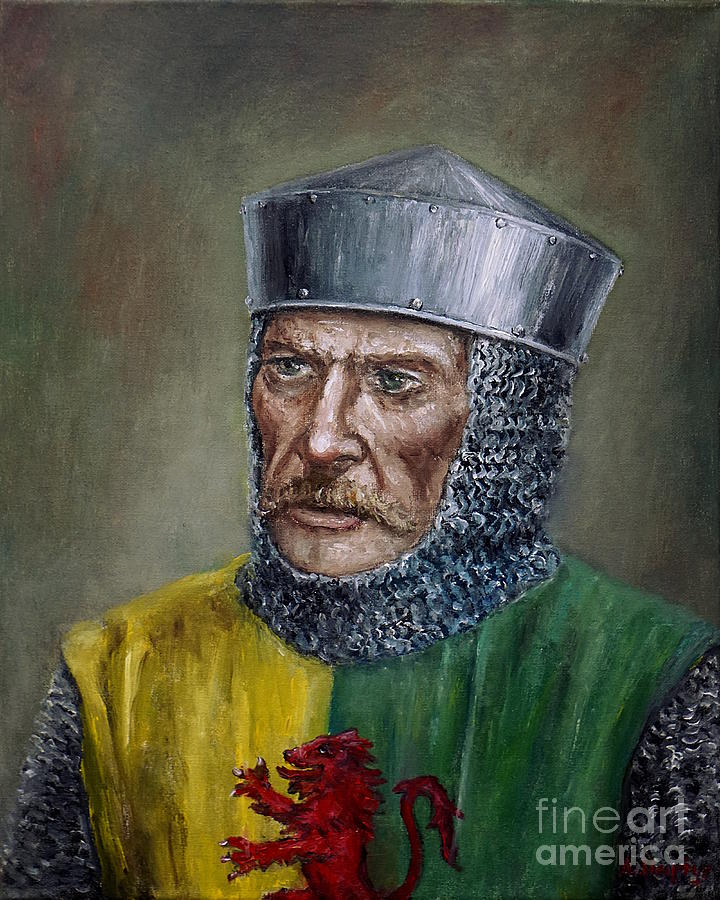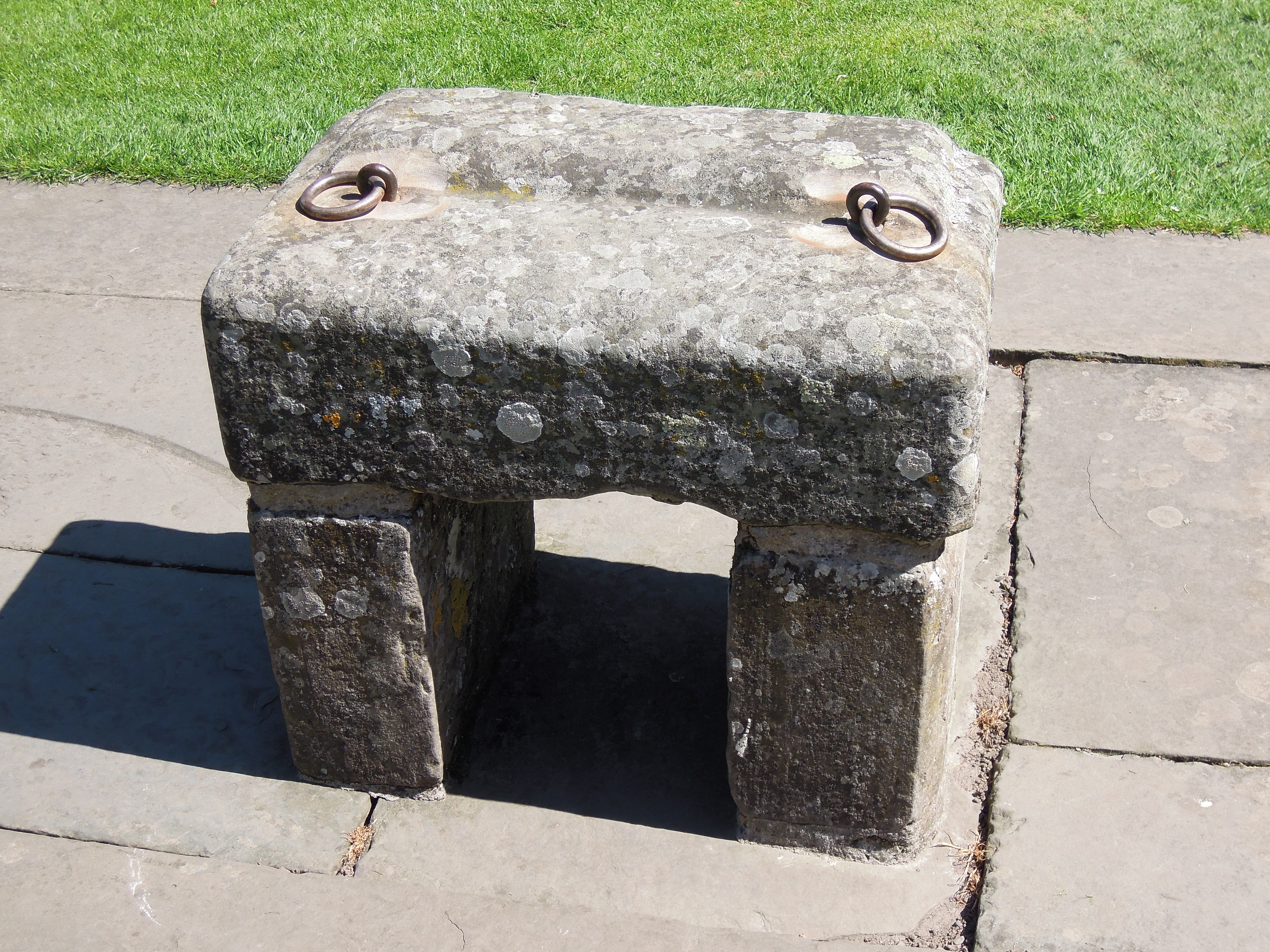FEUDAL SYSTEM

THE MONARCH: The monarch was the highest level in the system and ruled over all of the land, except for the church. The monarch lived in a castle and governed over all of the manors in the land.
NOBLES OR LORDS: The lords were given responsibility of estates by the monarch. In exchange for this land the lords gave the king their loyalty and military support. Also, the lords were able to keep the profit that was made from selling the crops. The lords of the manors were responsible for maintaining order of their land, enforcing the laws, and keeping the serfs safe.
KNIGHTS: Knights were granted this title by the monarch of the land. Knights belonged to certain lords and fought for the lords during battles and wars.
SERFS OR PEASANTS: The lowliest level of the medieval social classes.
Serfs were regular village people that worked the land of the manor. Serfs could be likened to slaves; they were forced to work the land of the manor and could not leave with permission from the lord of the land.
HENRY II

Henry II of England, also known as Henry II Curtmantle (Le Mans, France, 5 March 1133 – Chinon, France, 6 July 1189) was also Count of Anjou, Count of Maine, Duke of Normandy, Duke of Aquitaine, Duke of Gascony, Count of Nantes, Lord of Ireland and, at various times, controlled parts of Wales, Scotland and western France. He was as much concerned with his empire in France as he was with England.
Henry was the son of Geoffrey V, Count of Anjou and Empress Matilda. He married Eleanor of Aquitaine in 1152 and was crowned king in 1154. Although he was King of England, he never learnt the English language because his family had come over from Normandy in 1066. They spoke Norman French. Henry was intelligent and well educated.
Henry and his wife, Eleanor of Aquitaine, had five sons and three daughters: William, Henry, Richard, Geoffrey, John, Matilda, Eleanor, and Joan. Henry tried to take Eleanor’s lands from her (and from their son Richard). This led to conflict between Henry on the one side and his wife and sons on the other. Henry also had many children outside of his marriage.
Henry had constant struggles and battles against the French King Louis VII of France, but also many conflicts with his own wife and sons. Eleanor and young Henry led a civil war against King Henry (1173/74). This Henry also won, just. Richard finally defeated Henry in a battle for Anjou (1189). Richard had the help of Philip II, who was now King of France.
Weak, ill and deserted by all except an illegitimate son, Henry died in France in 1189 aged 56. He ruled for 35 years and was succeeded by Richard.
ELEANOR OF AQUITANE

Eleanor of Aquitaine (F1122 or 1124 – 1 April 1204) was queen consort of France (1137–1152) and England (1154–1189) and duchess of Aquitaine in her own right (1137–1204). As a member of the Ramnulfids (House of Poitiers) rulers in southwestern France, she was one of the wealthiest and most powerful women in western Europe during the High Middle Ages. She was patron of literary figures such as Wace, Benoît de Sainte-Maure, and Bernart de Ventadorn. She led armies several times in her life and was a leader of the Second Crusade.
As duchess of Aquitaine, Eleanor was the most eligible bride in Europe. Three months after becoming duchess upon the death of her father, William X, she married King Louis VII of France, son of her guardian, King Louis VI. As queen of France, she participated in the unsuccessful Second Crusade. Soon afterwards, Eleanor sought an annulment of her marriage, but her request was rejected by Pope Eugene III. However, after the birth of her second daughter Alix, Louis agreed to an annulment, as 15 years of marriage had not produced a son.[ The marriage was annulled on 21 March 1152 on the grounds of consanguinity within the fourth degree. Their daughters were declared legitimate, custody was awarded to Louis, and Eleanor’s lands were restored to her.
As soon as the annulment was granted, Eleanor became engaged to the duke of Normandy, who became King Henry II of England in 1154. Henry was her third cousin and 11 years younger. Over the next 13 years, she bore eight children: five sons, three of whom became kings; and three daughters. However, Henry and Eleanor eventually became estranged. Henry imprisoned her in 1173 for supporting their son Henry‘s revolt against him. She was not released until 6 July 1189, when Henry died and their second son, Richard the Lionheart, ascended the throne.
As queen dowager, Eleanor acted as regent while Richard went on the Third Crusade; on his return, Richard was captured and held prisoner. Eleanor lived well into the reign of her youngest son, John.
MAGNA CARTA

Magna Carta is famous as a symbol of justice, fairness, and human rights. For centuries it has inspired and encouraged movements for freedom and constitutional government in Britain and around the world. But when it was issued by England’s King John in June 1215 it was an attempt to prevent a civil war between the king and his powerful barons.
Magna Carta means simply ‘great charter’. A charter is a legal document issued by the king or queen which guarantees certain rights. This charter has over 60 clauses, covering many areas of the nation’s life, including the right to a fair trial. It is one of several copies written immediately after King John agreed peace terms with his barons at Runnymede, which were sent around the country as evidence of the king’s decision.
Salisbury Cathedral’s copy is one of four which survive from this original issue. It was written in Latin by hand, by an expert scribe, on parchment (animal skin, in this case, sheepskin). Medieval documents like this were not signed, but sealed, and at the bottom of our Magna Carta you can see the marks where King John’s seal was once attached.
WILLIAM MARSHAL

William Marshal, 1st Earl of Pembroke (1146 or 1147 – 14 May 1219), also called William the Marshal, was an Anglo-Norman soldier and statesman. He served five English kings – Henry II, his sons the «Young King» Henry, Richard I, and John, and John’s son Henry III.
Knighted in 1166, he spent his younger years as a knight errant and a successful tournament competitor.
In 1170, Marshal was appointed as Young King Henry‘s tutor-in-arms by the Young King’s father, Henry II. In 1189, he became the de facto Earl of Pembroke through his marriage to Isabel de Clare, though the title of earl would not be officially granted until 1199 during the second creation of the Pembroke Earldom. In 1216, he was appointed protector for the nine-year-old Henry III, and regent of the kingdom.
Because he was an Earl, and also known as the Marshal, the term «Earl Marshal» was commonly used and this later became an established hereditary title in the English Peerage.
Marshal’s health finally failed him early in 1219. In March 1219 he realised that he was dying, so he summoned his eldest son, also William, and his household knights, and left the Tower of London.
EDWARD I
:max_bytes(150000):strip_icc()/edward-i-large-56a61b535f9b58b7d0dff207.jpg)
Edward I (17/18 June 1239), also known as Edward Longshanks and the Hammer of the Scots, was King of England from 1272 to 1307. Before his accession to the throne, he was commonly referred to as The Lord Edward. The first son of Henry III, Edward was involved early in the political intrigues of his father’s reign, which included an outright rebellion by the English barons. In 1259, he briefly sided with a baronial reform movement, supporting the Provisions of Oxford.
After reconciliation with his father, however, he remained loyal throughout the subsequent armed conflict, known as the Second Barons’ War. After the Battle of Lewes, Edward was hostage to the rebellious barons, but escaped after a few months and joined the fight against Simon de Montfort. Montfort was defeated at the Battle of Evesham in 1265, and within two years the rebellion was extinguished. With England pacified, Edward joined the Ninth Crusade to the Holy Land.
The crusade accomplished little, and Edward was on his way home in 1272 when he was informed that his father had died. Making a slow return, he reached England in 1274 and was crowned at Westminster Abbey on 19 August.
He finally died the 7th of July in 1307.
STONE OF SCONE

The Stone of Scone also known as the Stone of Destiny, and often referred to in England as The Coronation Stoneis an oblong block of red sandstone that has been used for centuries in the coronation of the monarchs of Scotland, and later the monarchs of England and those of the United Kingdom. Historically, the artefact was kept at the now-ruined Scone Abbey in Scone, near Perth, Scotland. It is also known as Jacob’s Pillow Stone and the Tanist Stone. Its weight is approximately 152 kg. A roughly incised cross is on one surface, and an iron ring at each end aids with transport. The Stone of Scone was last used in 1953 for the coronation of Elizabeth II of the United Kingdom of Great Britain and Northern Ireland.
WILLIAM WALLACE

Sir William Wallace, (born c. 1270, probably near Paisley, Renfrew, Scotland—died August 23, 1305, London, England), one of Scotland’s greatest national heroes, leader of the Scottish resistance forces during the first years of the long and ultimately successful struggle to free Scotland from English rule.